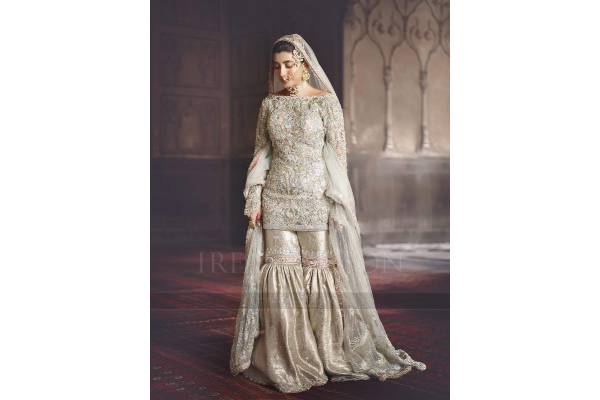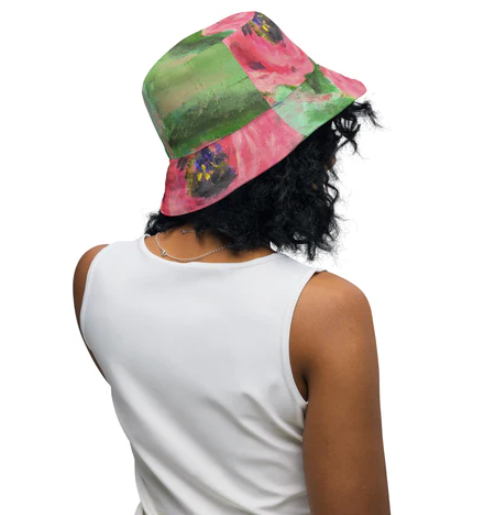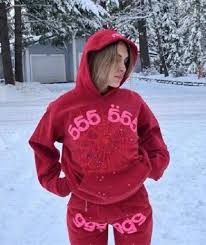Pakistani weddings are vibrant, joyous events filled with color, culture, and timeless traditions. One of the most defining aspects of these celebrations is the bride and groom’s attire. Pakistani wedding dresses are known for their rich fabrics, intricate embroidery, and captivating designs that showcase the country’s diverse cultural heritage.
Traditional Bridal Attire
1. Lehenga Choli: The lehenga choli is a popular choice for brides. This ensemble consists of a long, flowing skirt paired with a fitted blouse and a dupatta (scarf). Lehengas are often adorned with heavy embroidery, sequins, and beadwork, making them perfect for grand wedding events.
2. Sharara and Gharara: These traditional outfits feature wide-legged pants with heavy flares, paired with elaborately embroidered tops. They are often worn in rich colors like red, maroon, and gold, symbolizing prosperity and good fortune.
3. Anarkali Gown: Inspired by Mughal fashion, the Anarkali gown features a long, flowing silhouette with intricate embroidery. Brides often pair this elegant dress with a dupatta draped over the head for a regal look.
4. Saree: While more common in neighboring India, sarees have become a popular choice for Pakistani brides seeking a sophisticated and graceful look. Silk and chiffon sarees embellished with zardozi, threadwork, and pearls are often chosen.
Groom’s Attire
1. Sherwani: The sherwani is the most popular choice for grooms. This long, fitted coat is often worn with a turban and embroidered stole for a royal appearance. Velvet, silk, and jamawar fabrics are common in these ensembles.
2. Kurta Pajama with Waistcoat: For smaller ceremonies like Mehndi or Nikkah, grooms may opt for a simple yet stylish kurta pajama paired with a matching waistcoat.
Popular Colors and Fabrics
Pakistani wedding dresses are traditionally designed in rich shades like red, gold, green, and maroon. However, modern brides are increasingly experimenting with pastel hues, metallic tones, and softer colors. Luxurious fabrics such as silk, chiffon, velvet, and organza are commonly used, often adorned with hand embroidery, mirror work, and intricate bead detailing.
Regional Influences
– Punjab: Brides often favor bold colors, heavy embroidery, and vibrant dupattas.
– Sindh: Traditional Ajrak patterns and mirror work are prominent in Sindhi bridal wear.
– Balochistan: Balochi dresses are known for their elaborate patterns, heavy beadwork, and vivid hues.
– Khyber Pakhtunkhwa: Peshawari brides often wear embroidered velvet outfits in deep shades for a majestic look.
Modern Trends in Pakistani Wedding Fashion
While traditional designs remain popular, modern trends have introduced minimalist styles, pastel color palettes, and fusion outfits that blend Western cuts with traditional embellishments. Designers like HSY, Elan, and Maria B. have revolutionized Pakistani bridal fashion with their creative designs.
Final Thoughts
Pakistani wedding dresses beautifully combine cultural roots with contemporary elegance. Whether a bride chooses a classic red lehenga or a pastel Anarkali gown, each dress tells a story of tradition, love, and celebration. The intricate craftsmanship and luxurious fabrics ensure that Pakistani wedding attire will continue to captivate hearts for generations to come




